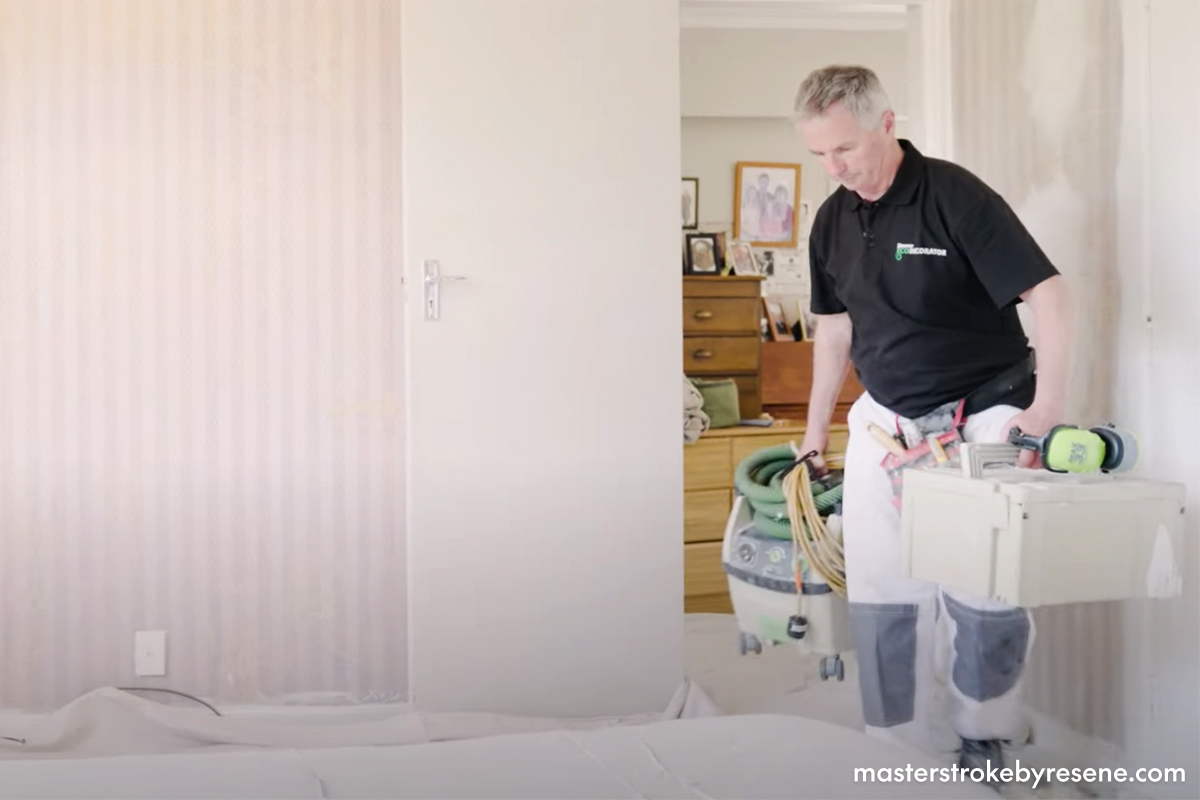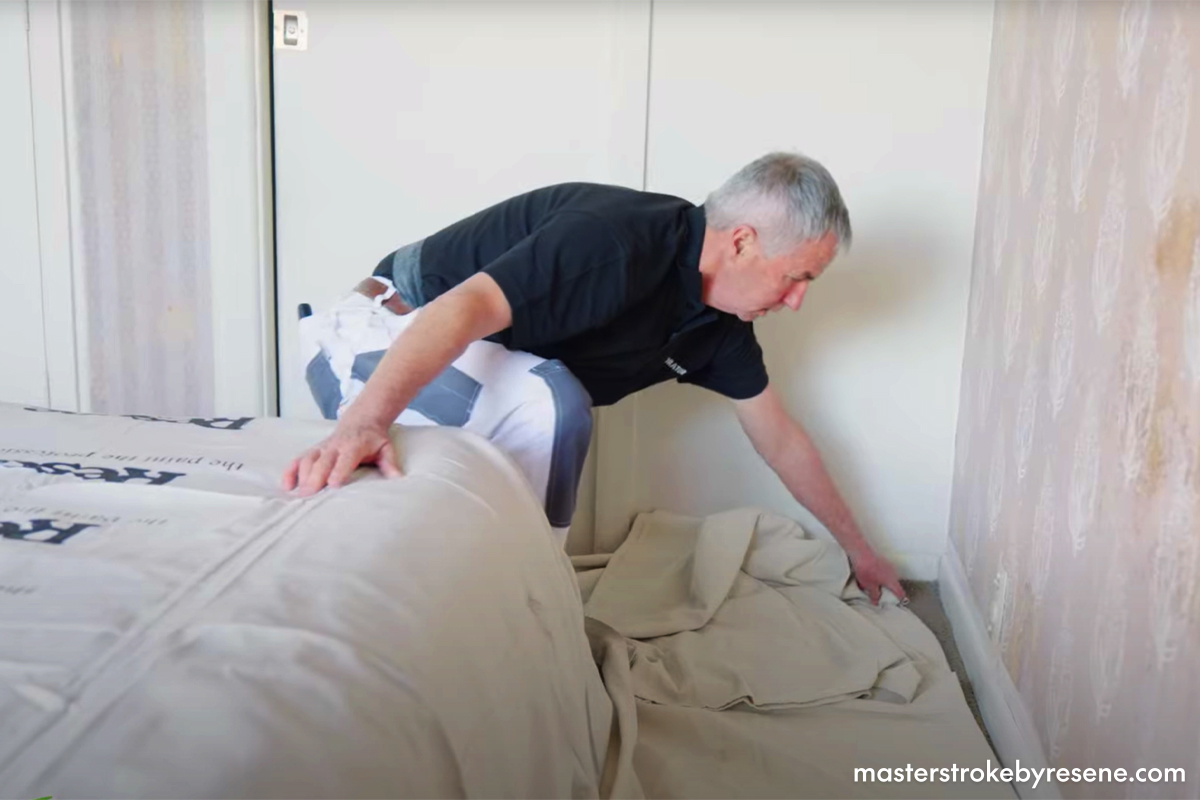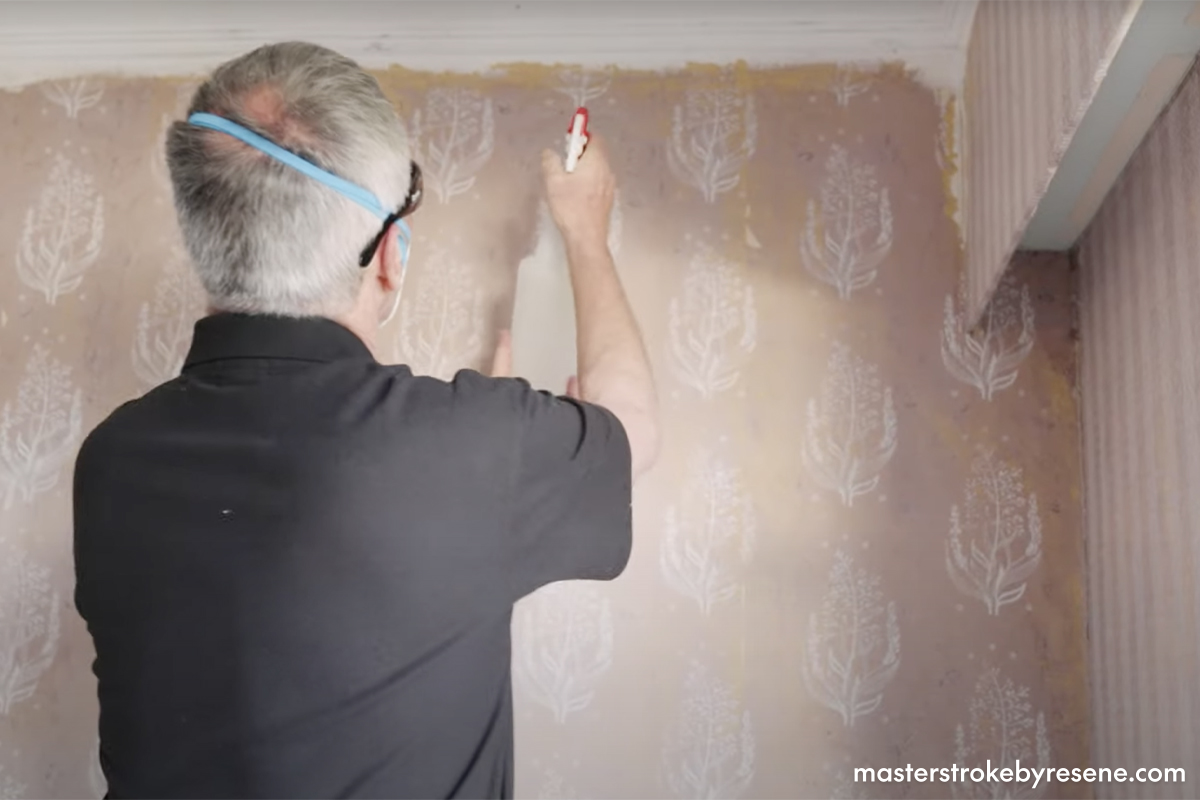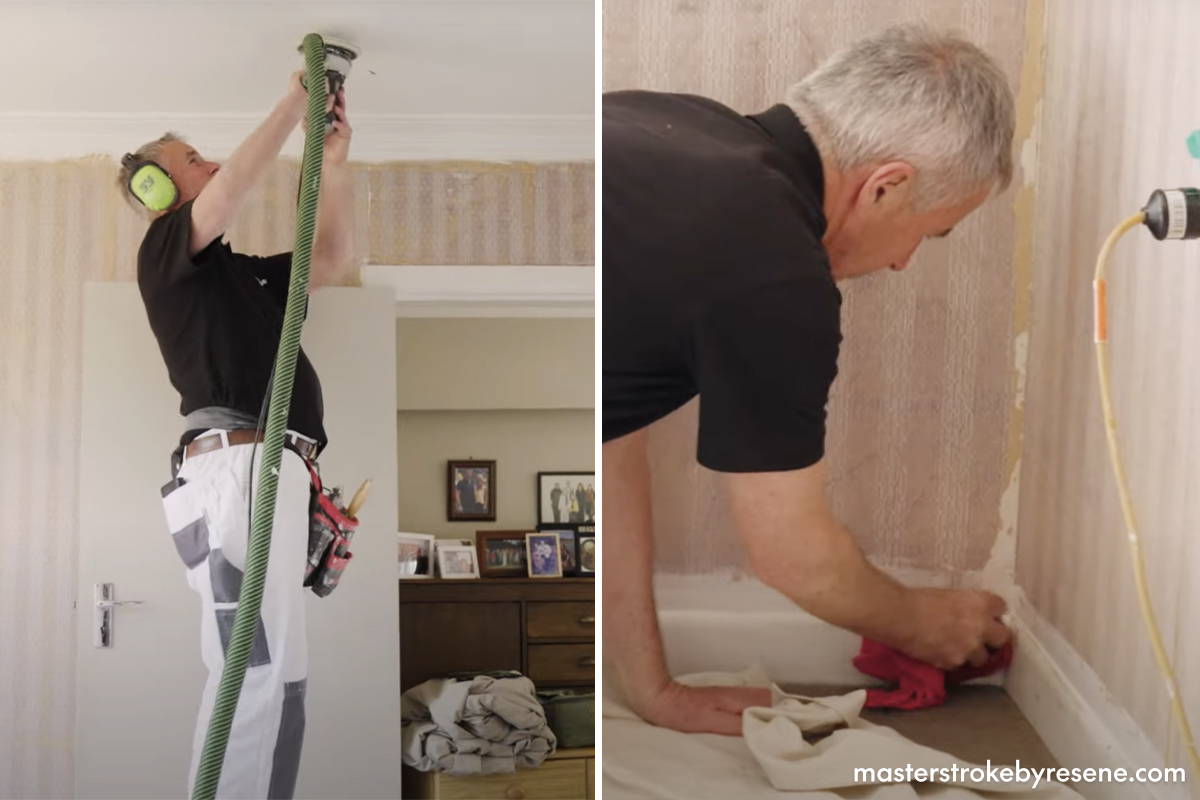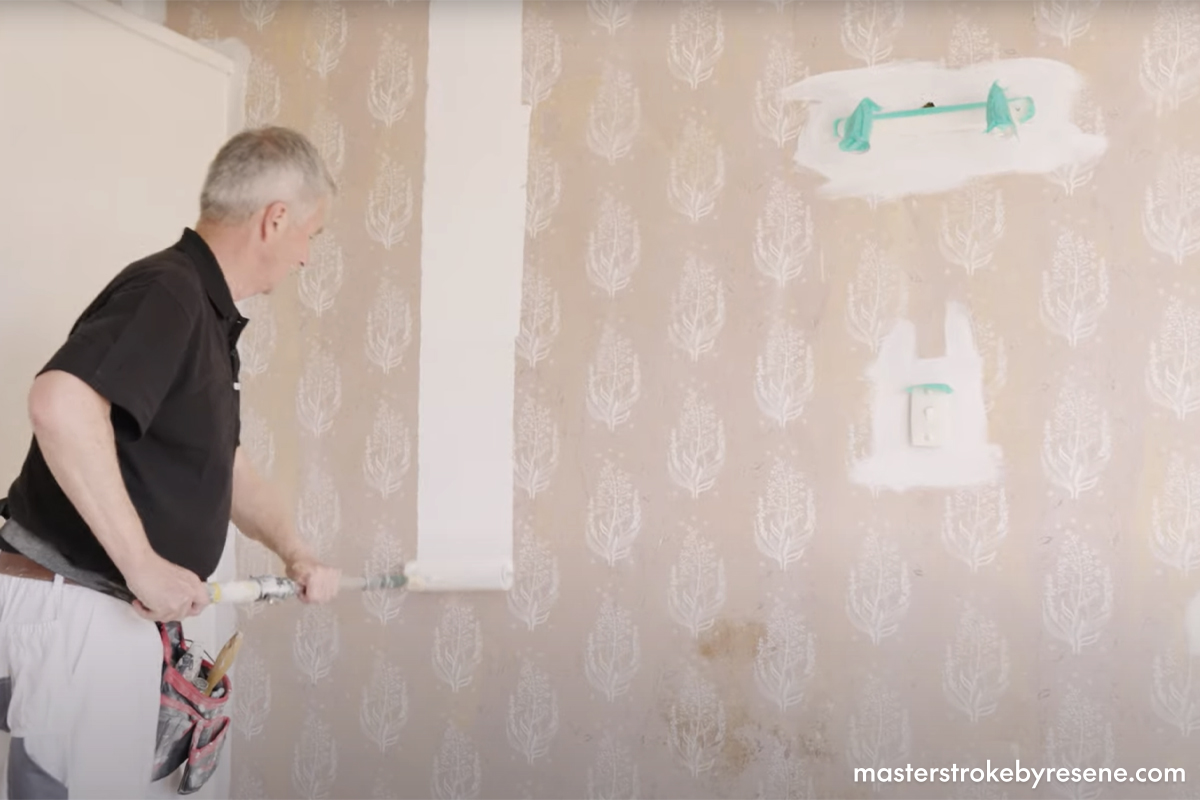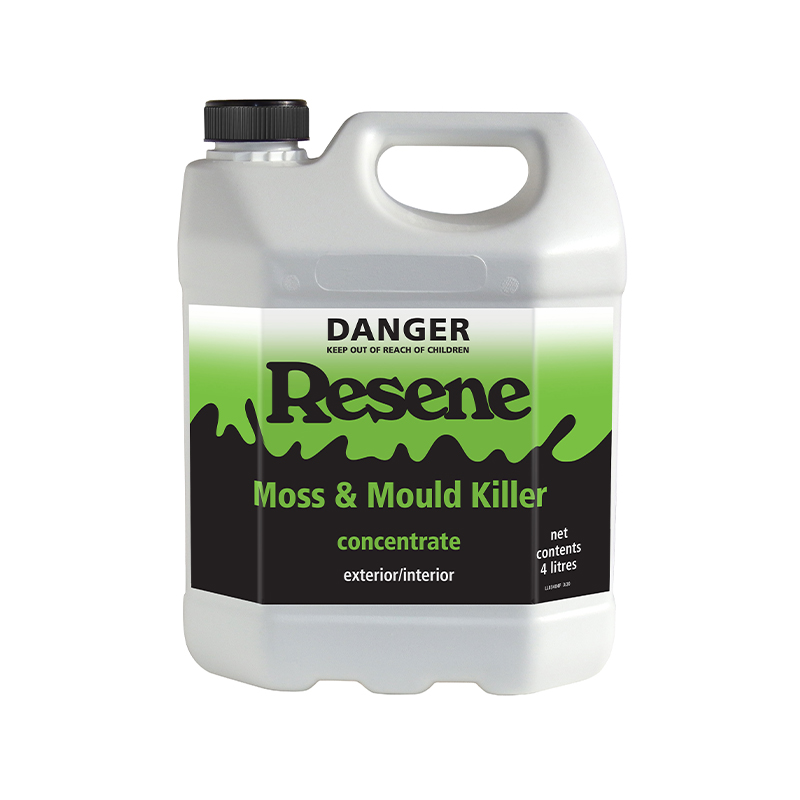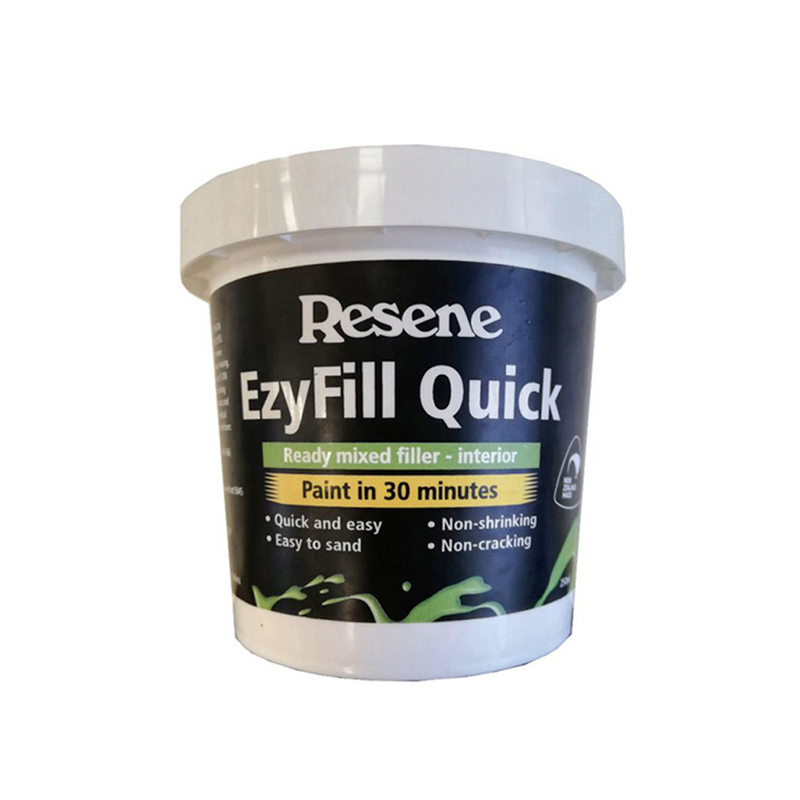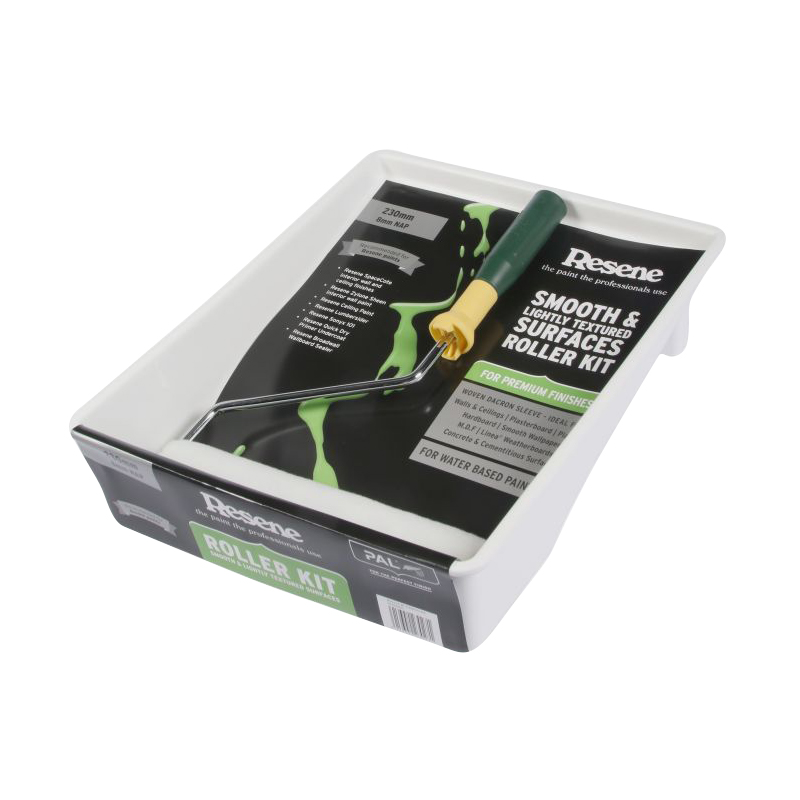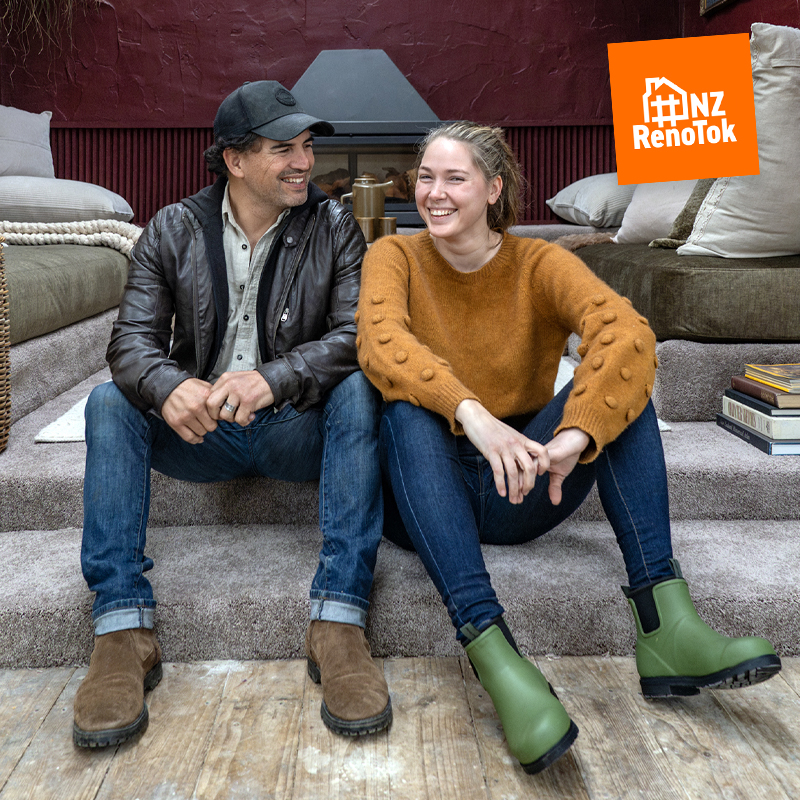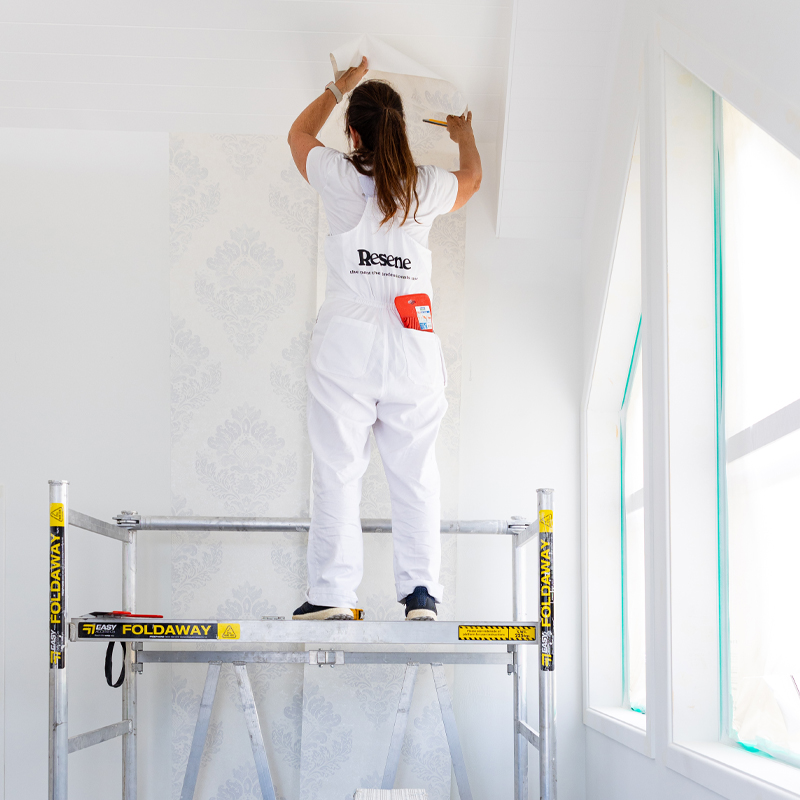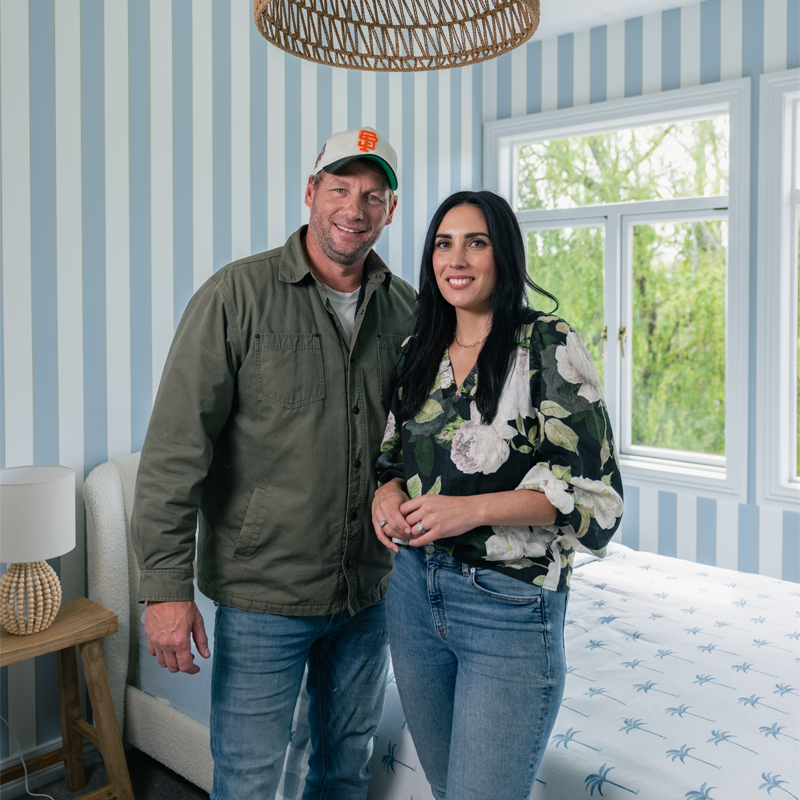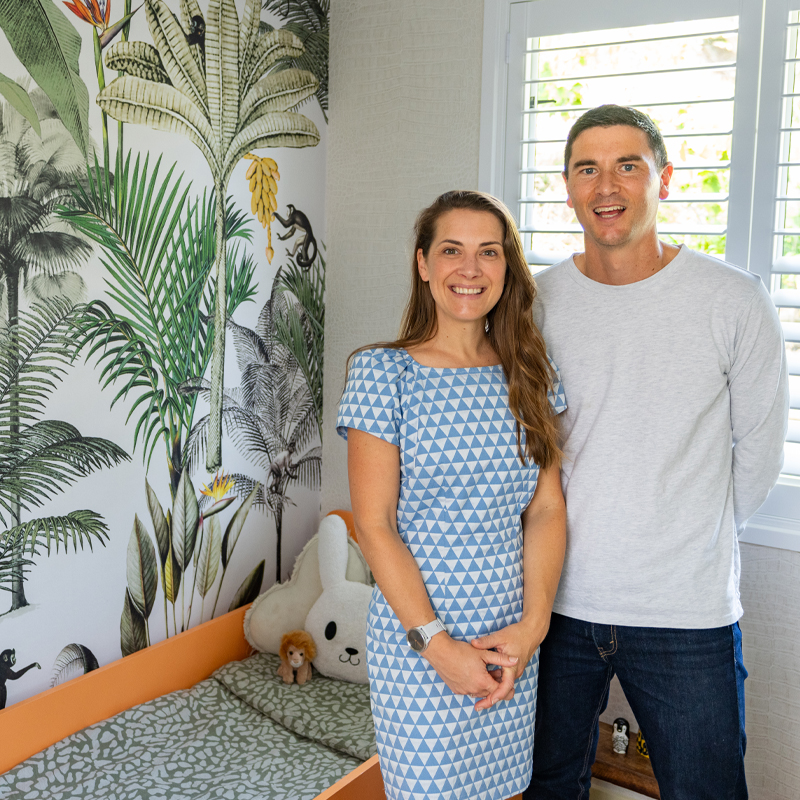Wallpapering is a fantastic way of transforming, updating and achieving different textural effects in rooms. The ever-increasing variety of wallpaper textures, patterns and colourways makes it easier than ever to add a new element into your home. As with most projects, it pays to know what you’re doing before you start. This is where Resene Eco.Decorator Steve Flett comes in. He’s here to show us exactly what prep is involved when choosing to wallpaper a room, including what tools you’ll need and how to go about each task.
Modern wallpapering
Wallpaper is easier to hang than ever before, and it’s not just the patterns and colours that have been brought into the present day. Previously, wallpapering meant cutting pieces of wallpaper to size, laying them and applying paste to each piece and also pasting the wall. The latest paste-the-wall wallpapers mean just that – you simply need to apply wallpaper paste to the wall. The advantage of this is you don’t have to measure each piece of wallpaper beforehand, you can just unroll the wallpaper down the wall, lining up the pattern as you go.

